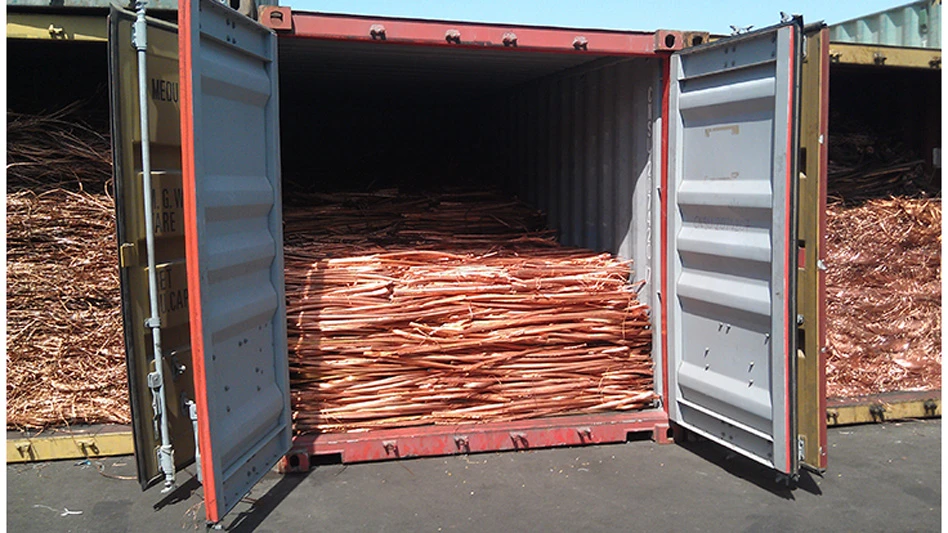
Recycling Today archives
Snarls in global supply chains caused by COVID-19 and accompanying restrictions led to speculation about a less globalized commercial landscape and a potential rebound in manufacturing in the United States and beyond.
While some reshoring has taken place, Norway-based shipping consulting firm Xeneta AS reports demand for ocean freight container shipping hit an all-time high in May, with 15.9 million TEUs (20-foot-equivalent-unit containers) shipped globally.
According to Xeneta, the ocean freight sector has been more hectic than many observers anticipated before the year started.
“Back in the fourth quarter of last year, 2024 was looking to be a freight buyer’s market, but a lot can change in a small amount of time,” Xeneta says.
Some of the increased traffic is tied to longer, multileg journeys required for containers that formerly could be shipped directly.
“Instead of being a demand issue, 2024’s chaos centers around capacity,” Xeneta says. “Namely, container ships diverting around the Cape of Good Hope rather than transiting the Red Sea. This means more shipping capacity is required to transport the same number of containers.”
With attacks in the Red Sea ongoing, Xeneta writes, “In the first four months of 2024, each container shipped globally was being transported 9.3 percent farther on average. This generated a global increase of 18.3 percent in TEU miles.
“While increased sailing distances would be enough to have a significant impact on the market in isolation, the number of containers being moved is also increasing in 2024. This more traditional demand measurement shows growth during the first four months of 2024 of 8.2 percent compared to the same period in 2023.”
For recyclers that ship materials as a backhaul (common in the United States and Europe), the Xeneta report could contain some good news as far as their rates are concerned.
The firm says average spot rates on fronthaul routes, such as China to the U.S., are now more than 300 percent higher compared with December of last year.
“It should also be noted, not all trades have seen spot rate increases. For instance, there have been flat, or even declining, rates on some backhaul and secondary trades," Xeneta says. "This situation can change as the impact of the Red Sea situation spreads across other global trades.”
In its July monthly report, Germany-based Container xChange, a freight technology services provider, says container shippers with merchandise leaving China and Vietnam are experiencing some of the highest rate increases.
“While we might see a peak in July followed by a reduction in freight rates due to easing congestion and reduced demand, the ongoing conflict in the Middle East and potential new disruptions, such as labor strikes, could prolong these challenges,” Container xChange CEO Christian Roeloffs says.
One shipping industry executive quoted by Container xChange foresees a shortage of empty containers looming in North America, based in part on Asian shippers calculating they are better off immediately bringing back empty containers before they leave their port of destination.
“Based on this [circumstance], the lack of containers in some cities in North America is inevitable, which will drive up the sales price of containers,” says Tony Yu of Baiscon Shipping Line Hong Kong Co. Ltd.
A Container xChange staff member in the U.S. says some container sellers in North America have held on to inventory, anticipating higher prices later, while some buyers have held off for the opposite reason.
Latest from Recycling Today
- BMW Group, Encory launch 'direct recycling’ of batteries
- Loom Carbon, RTI International partner to scale textile recycling technology
- Goodwill Industries of West Michigan, American Glass Mosaics partner to divert glass from landfill
- CARI forms federal advocacy partnership
- Monthly packaging papers shipments down in November
- STEEL Act aims to enhance trade enforcement to prevent dumping of steel in the US
- San Francisco schools introduce compostable lunch trays
- Aduro graduates from Shell GameChanger program





